Lockheed's new hypersonic weapon
The Mako weapon system could represent a cost-effective and flexible option for equipping warships and carrier-based aircraft with hypersonic weapons. In April, Lockheed Martin presented the Mako hypersonic weapon at the Navy League's Sea-Air-Space trade fair in Maryland. The missile is being developed together with the company CoAspire. The concept was originally designed for the Air Force's Stand-in Attack Weapon (SiAW) procurement programme from 2017. Although the corresponding contract was ultimately awarded to Northrop Grumman, Lockheed Martin decided to continue development at its own expense in the hope of finding alternative customers. The focus is now on use by naval forces. Access marineforum digital+ You...
Weiterlesen
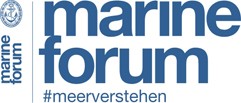

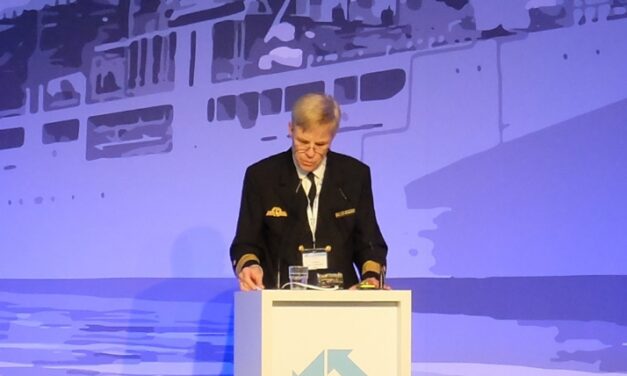
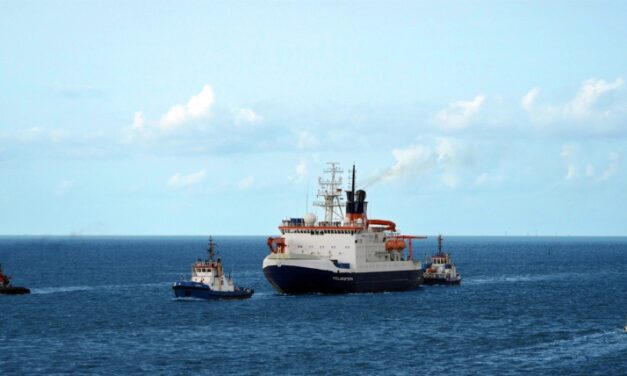
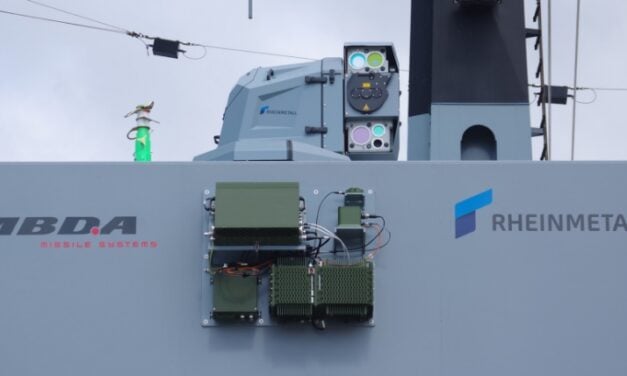
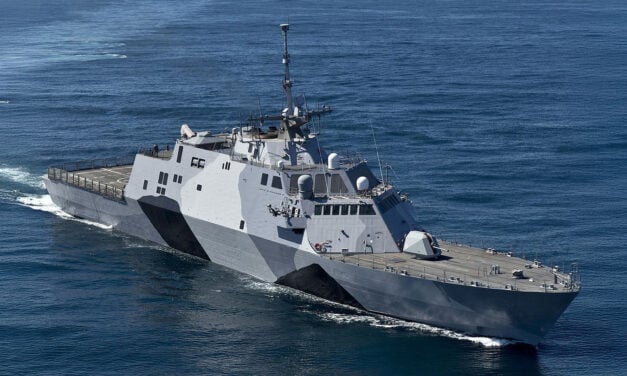
Latest comments